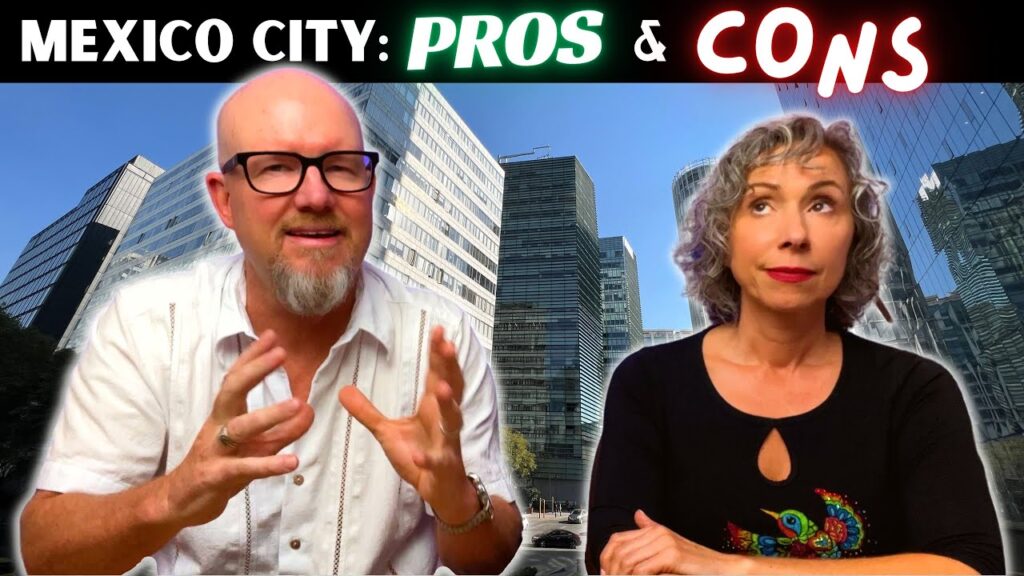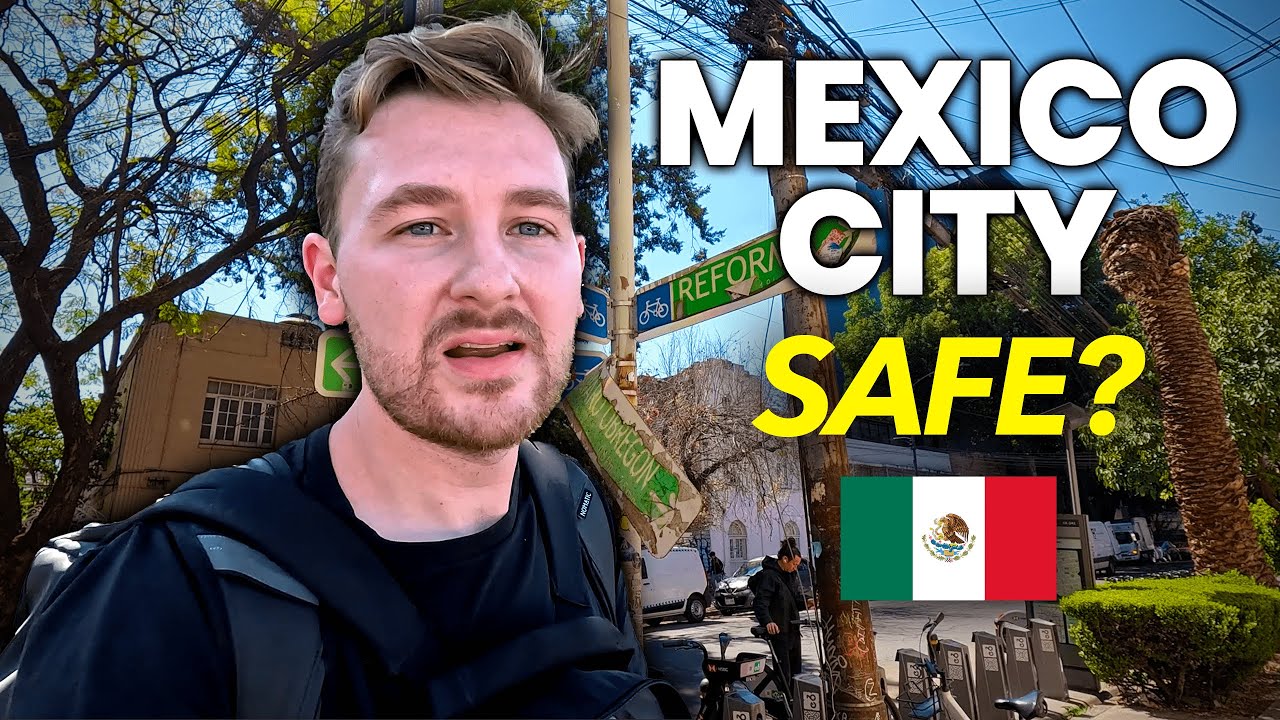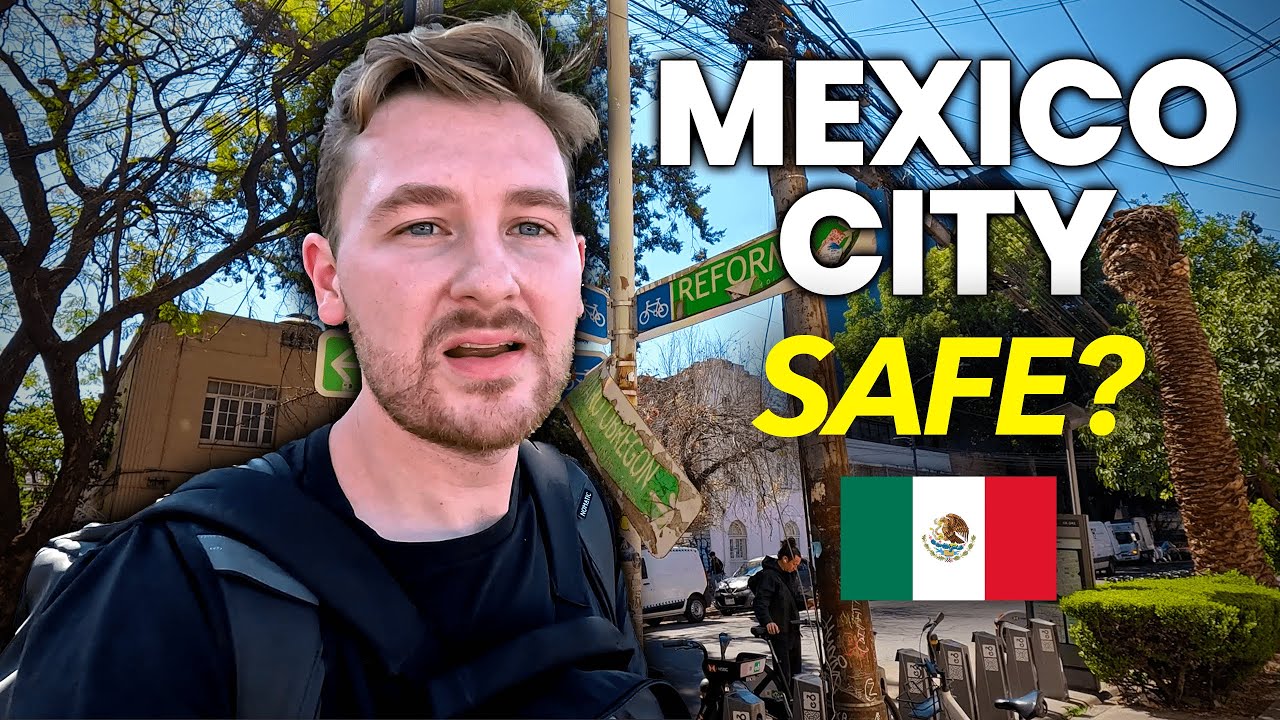Comparing Safety: Mexico City vs. Sao Paulo for Family Living
When considering a move with the family to a new city, safety invariably tops the list of concerns. Both Mexico City and Sao Paulo boast vibrant cultures and unique adventures but have contrasting safety landscapes that prospective residents should understand. Mexico City, with its sprawling urban landscape, has seen significant improvements in public security measures in recent years. Initiatives focusing on surveillance and policing have contributed to a notable decrease in certain types of crime. However, it is still advisable for residents to exercise caution in specific areas and during night-time.
Sao Paulo, on the other hand, presents a mixed picture. While certain neighborhoods showcase the efficiency of community policing and social programs leading to safer environments, others continue to struggle with high crime rates. Violent crimes, although declining in some parts of the city, remain a substantial concern. Parents considering Sao Paulo for family living should weigh the benefits of its cultural and educational offerings against these security challenges. The city’s diverse neighborhoods each offer different levels of safety, making thorough research and perhaps even a trial visit essential before making a decision.
Both cities offer extensive public transportation systems, which are critical for family mobility. However, safety on public transport varies between the two. In Mexico City, the government has invested in security measures like dedicated women and children carriages on trains and buses to enhance safety. Sao Paulo’s public transport also has security features, but reports of petty crimes in crowded spaces are still common. While comparing Mexico City and Sao Paulo, it’s important to note that both cities require residents to adopt smart urban living practices to mitigate risks. Safeguarding belongings, staying informed about which areas to avoid, and adopting a cautious approach during evening hours are essential strategies in either city.
Understanding Mexico City’s Safety Landscape
Mexico City, a vibrant capital brimming with culture, history, and culinary delights, consistently draws travelers from around the globe. However, understanding the safety landscape is essential for anyone planning a visit. The city’s immense size and population density create a complex safety environment. While many neighborhoods such as Polanco, Condesa, and Roma are known for their relative safety and lively atmosphere, it’s important for tourists to remain vigilant. Local police presence is notably visible in these areas, providing an added layer of security.
Crime rates in Mexico City, much like any large urban center, vary widely by area. Petty crime, including pickpocketing and purse snatching, is more common in crowded places such as markets, metro stations, and tourist-heavy areas. Travelers are advised to take standard precautions, such as not flaunting expensive jewelry or electronics and always being aware of their surroundings. It’s also wise to use secure forms of transportation, especially at night. The city has made significant strides in increasing safety, with numerous initiatives aimed at reducing crime rates and enhancing police effectiveness.
Information is a traveler’s best tool when navigating Mexico City’s safety landscape. Staying updated on areas to avoid and current safety advisories through reliable sources can make a significant difference. Engaging with locals and expatriates can provide invaluable insights into the nuances of daily life and safety in different neighborhoods. Additionally, the use of technology, including safety apps and GPS navigation, can help visitors maintain awareness and make informed decisions while exploring this fascinating metropolis.
Analyzing Sao Paulo’s Approach to Safety
Sao Paulo, as one of the largest cities in Brazil and Latin America, has faced significant challenges regarding safety and security. Over the years, this vibrant metropolis has implemented various strategies to tackle crime and ensure the safety of both its residents and visitors. One notable approach has been the integration of advanced technological systems, including city-wide surveillance cameras equipped with facial recognition software. This digital eye has significantly contributed to deterring criminal activities in public spaces, making the streets safer for tourists and locals alike.
Moreover, Sao Paulo’s government has heavily invested in its police force, enhancing both the numbers and the training of officers patrolling the city. This reinforcement of law enforcement resources has been pivotal in reducing crime rates and improving the overall sense of security. The focus has been not just on the quantity of the police presence but also on the quality of policing, with an emphasis on community policing strategies that foster a closer relationship between officers and the communities they serve.
Community involvement has played a crucial role in Sao Paulo’s safety measures. Local initiatives, such as neighborhood watch programs, have empowered residents to take an active part in their community’s security. These programs have facilitated better communication between the populace and the police, leading to swifter responses to crime and a more cooperative atmosphere. Through these collaborative efforts, Sao Paulo is transforming its reputation, demonstrating that community participation is key to creating a safer urban environment.
In addition to these strategies, Sao Paulo has launched several educational and outreach programs aimed at preventing crime from a grassroots level. These programs focus on engaging with at-risk youth, offering them alternatives to criminal activities through education, vocational training, and recreational activities. By investing in the future of its youth, Sao Paulo is not only working to curtail the immediate concerns of crime but is also laying the groundwork for a safer, more prosperous city in the long run. These comprehensive approaches underscore Sao Paulo’s commitment to improving safety and quality of life for all its inhabitants.
Final Verdict: Which City is Safer for Families?
When comparing safety in Mexican cities for family travel, it’s essential to scrutinize various factors such as crime rates, tourist-friendly amenities, and the overall atmosphere. Cities like Mérida and Querétaro have consistently ranked high in safety indexes, offering a serene environment for families. Mérida, in particular, stands out with its low crime rates and a vibrant cultural scene that appeals to families looking for a mix of relaxation and educational experiences. Its public spaces are well-monitored, and the city has a solid infrastructure to support tourists.
On the other hand, Querétaro combines historical charm with modern safety measures, making it an attractive destination for families. The city is renowned for its excellent quality of life, public safety initiatives, and family-oriented activities. Querétaro’s well-preserved colonial center, declared a UNESCO World Heritage site, is patrolled and secure, providing a safe environment for families to explore its rich history and culture. The city’s commitment to safety is further demonstrated through its proactive approach to maintaining public spaces and providing tourist assistance.
While both Mérida and Querétaro offer compelling reasons for being the safest cities for family travels in Mexico, personal preferences on cultural attractions, climate, and specific safety concerns should guide the final decision. Families seeking a tropical climate might lean towards Mérida, while those interested in exploring colonial heritage might prefer Querétaro. It’s clear, however, that both cities have made significant efforts to ensure safety and security for locals and visitors alike, making them excellent choices for family adventures in Mexico.


